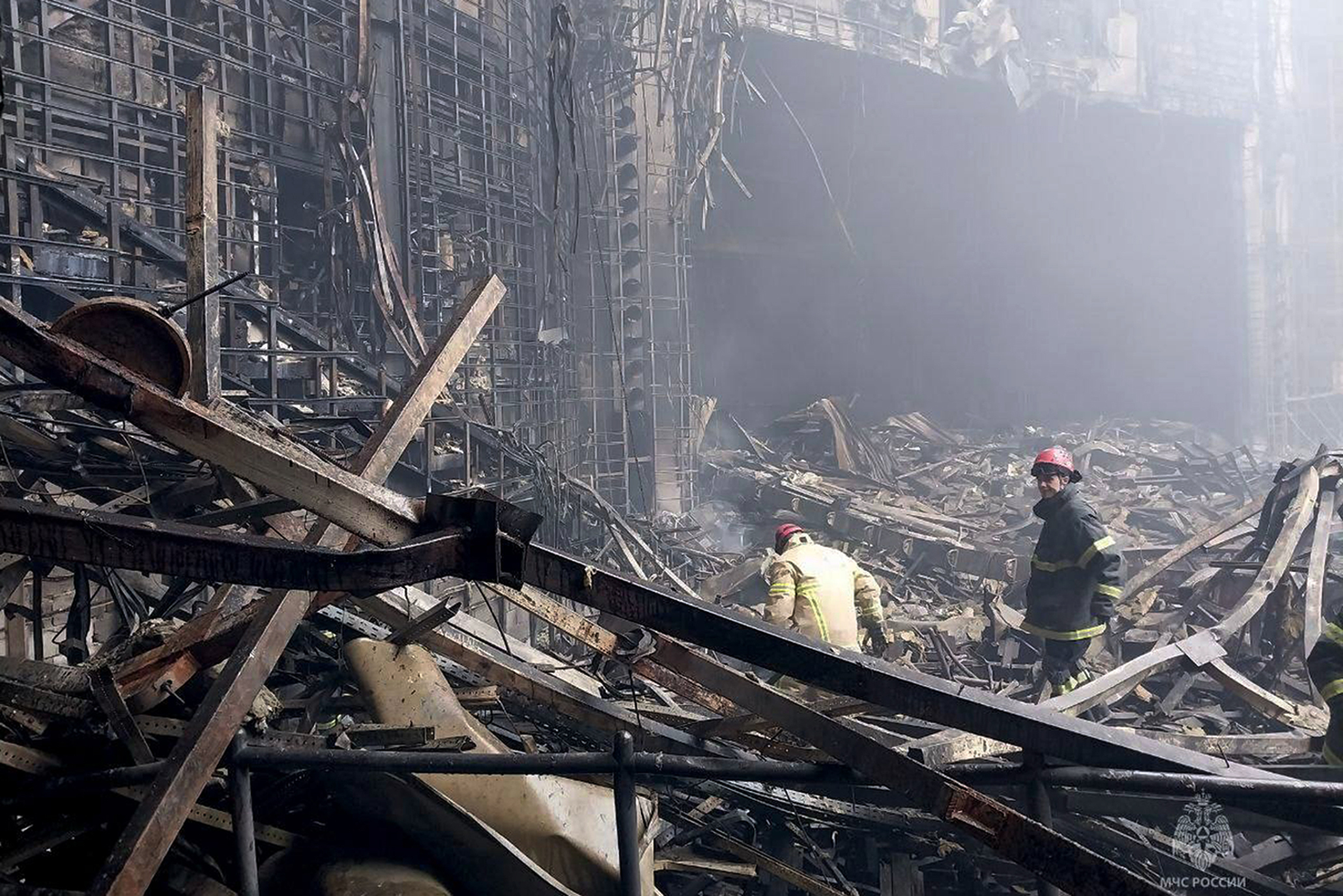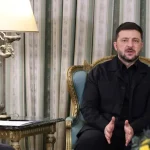

The Crocus City Hall massacre by ISIS-K shows the resurging prominence of the group — two and a half years after killing 13 U.S. service members at the Kabul airport.
After emerging as a largely peaceful group initially in 2014 in eastern Afghanistan, ISIS-K quickly turned violent. Its advance was halted in 2016 in a Taliban counteroffensive, aided indirectly by U.S. airstrikes, and crippled by infighting between its Afghan and Pakistani commanders, according to a report from the U.S. Institute of Peace.
The group responded by narrowing its priorities — toning down its anti-Iran and anti-Pakistan stances in favor of focusing on Afghanistan. The victory of the Taliban brought new recruits — those who believed the group had compromised on the authenticity of its beliefs by negotiating with the Americans. Disaffected Taliban fighters and radicalized Central Asians filled its ranks. The Aug. 26, 2021, Kabul airport bombing also helped boost its credibility among jihadis. The Afghan branch of the infamous terrorist group has emerged as one of the most resilient, fighting a war against not only the United States but also Russia and the ruling Taliban government.
ISIS-K thrived in the vacuum created by the withdrawal of the U.S., with the U.S. military effectively unable to carry out strikes in the isolated territory and the Taliban unable to control the insurgency. From 2020 to 2021, terrorist attacks carried out by ISIS-K increased by more than five times, according to a United Nations report.
Following the Taliban takeover, ISIS-K grew rapidly. In July 2023, a U.N. Security Council report estimated the group had grown in strength to 6,000 fighters, up from 4,000 the year earlier and 2,000 the year before that. Up to half of these are reportedly foreign fighters, primarily recruited from neighboring Central Asian countries that were part of the former Soviet Union.
The U.N. report also noted that the group had grown in sophistication and effectiveness.
“[ISIS-K] is becoming more sophisticated in its attacks against both the Taliban and international targets,” the report said. “The group was reportedly focused on a strategy of carrying out high-profile attacks to undermine the Taliban’s ability to provide security. Overall, [ISIS-K] attacks demonstrated strong operational capability involving reconnoiter, coordination, communication, planning and execution.”
The report further noted a shift in the terrorist group’s abilities, warning it had the capacity to project power beyond Afghanistan’s borders, a change in strategy from before. After attacks against foreign targets within Afghanistan, the group launched terrorist attacks in Pakistan and Iran.
It began in 2024 with a twin suicide bombing in Iran, killing at least 94 people at a commemorative ceremony for Gen. Qassem Soleimani. It was the deadliest terrorist attack in the country since 1978.
Warnings about ISIS-K’s growing abilities were confirmed during a March 17 U.S. Senate Armed Services Committee hearing. At the hearing, Gen. Michael Kurilla warned the group will likely be able to carry out operations against Western targets in under six months.
“Specifically ISIS-Khorasan, senator, it is my commander’s estimate that they can do an external operation against U.S. or Western interests abroad in under six months, with little to no warning,” he said. “In a classified session, I will talk about why I make that assessment. It is much harder for them to be able to do that against the homeland.”
Less than a week later, four Tajik militants affiliated with the group attacked the Crocus City Hall in Moscow, killing 144 civilians and injuring hundreds more who had been attending a concert.
The targeting of Russia came as no surprise — ISIS-K propaganda had been focusing on Russia for the past two years. Aaron Zelin, a senior fellow at the Washington Institute for Near East Policy, told Reuters the group has been “plotting attacks within Russia for some time.”
CLICK HERE TO READ MORE FROM THE WASHINGTON EXAMINER
Russia has been a primary target of Islamic terrorism since the First Chechen War in 1994, which drew in jihadis from around the globe. The Russian intervention in Syria on behalf of the government of Bashar Assad inflamed jihadis, making the country a prime target for Islamic terrorism.
Having proven its ability to carry out an audacious terrorist attack in Russia, fears have now grown that ISIS-K may apply the new capabilities in an attack against the U.S. or Europe. The U.S. intelligence community has warned that such attacks are possible.





